Newport Beach’s Banning Ranch, the site of a proposed mega commercial and residential development, is an extraordinary archaeological site. Once where an ancient Native American coastal village called Genga, a ritual and trading hub for both the Tongva and Acjachemen Native American Nations, existed for over a thousand years. Dr. Terry Welsh argues that sufficient archaeological and ethnographic data demonstrates Banning Ranch needs to be preserved as a sacred landscape.
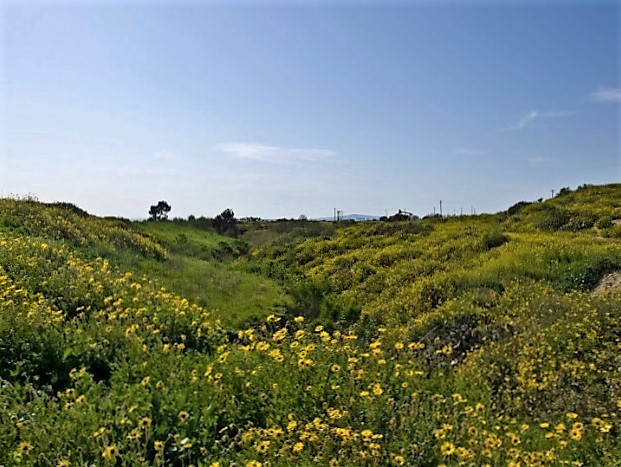

Welsh: Coastal Commission Banning Ranch Hearings Need to Hear from OC
By Terry Welsh, Published in Voice of OC
We need to Save Banning Ranch and Orange County’s Native heritage.
The still wild and open Banning Ranch, despite decades of abuse as a coastal oil field and now targeted with massive commercial and residential development, remains as an important testament to Orange County’s rich Native heritage. Located at the mouth of the Santa Ana River, between Huntington Beach and Newport, and within the ancestral territories of the Tongva and Acjachemen Native American Nations, the 400-acre Banning Ranch is the largest privately owned coastal open space remaining in the County. Serving as an oil field precluded dense development characteristic of the surrounding communities, which also preserved it as a wildlife refuge, fostered unique plant and animal habitats, and left relatively intact several Native American cultural sites.
“During the many years of investigation and exploration, I have proved that the cogged wheel stone [a ritual item] was found in very old burials… In the year of 1926, a large village site was located on the Banning Land Company, two miles north of Coast Mesa… When this field was plowed it turned up some of these cogged wheel stones [and discoidals, sacred talismans that possess a concentrated form of supernatural spiritual or life force essence] and a few human bones…the stones were piled on top of the other, and facing toward the Evening Star…in this case the stones were used in burial ceremonials.” — Herman Strandt, 1926
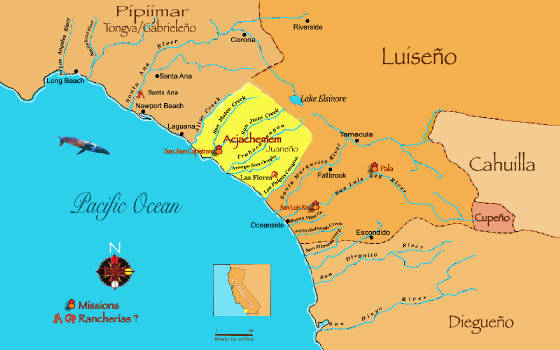

Tongva and Acjachemen Village of Genga
Banning Ranch is part of the several thousand-year-old Native American village Genga. The coastal mesa served as an ideal place for Indigenous settlement due to the proximity of the Santa Ana River estuary and the rich food supply that it provided. It is no wonder then that visible markers of tribal use remain throughout the mesa today. Evidence of these original Californians, such as beads, milling stones and tools, have been identified at Banning Ranch and are estimated to be at least 3,000 years old. The village of Genga, including the Banning Ranch area, is an important historic and cultural site for both the Juaneño (Acjachemen) and the Gabrielino (Tongva or Kizh) Nations.
The area was listed on the state Sacred Lands Inventory maintained by the California Native American Heritage Commission at the request of local tribal leaders many years ago and meets the criteria to be considered a Tribal Cultural Resource under the California Environmental Quality Act as recently amended by AB 52. Additionally, eight Native American archaeological sites have been documented on the property, with at least three of these eligible for listing on the National Register of Historic Places (NRHP) and the California Register of Historical Resources (CRHR). The entire area is also likely eligible for listing on the National Register as a Traditional Cultural Property.
httpvh://youtu.be/as08qgA3sTE
Help save Genga (Banning Ranch), a sacred site for the Acjachemen and Tongva Nations. With Angela Mooney D’Arcy of the Sacred Places Institute for Indigenous Peoples
A Great Threat Looms
Although the cultural resources and archaeological sites on Banning Ranch have been adversely impacted as a result of oil operations on site, previous disturbances do not compare to the damage that could result from the proposed project. The 895-home Newport Banning Ranch development would require moving 2.8 million cubic yards of earth through planned grading activities associated with the development. This would most certainly result in the unearthing of Tongva and Acjachemen cultural items of great significance to both tribal communities. Additionally, creating a new housing development the size of the City of Bishop would impact the integrity of the site as a traditional cultural property and would impair the ability of contemporary tribal citizens to utilize the area for traditional cultural practices today.
Respect the Local Native Communities
Despite the fact that Southern California was once home to thousands of Native American villages, over 90% of the known Native American traditional cultural properties and archaeological sites in the Orange County area have been destroyed by development over the last 200 years. A project of this size and scale will result in severe impacts to traditional cultural sites of great spiritual, historical, and cultural significance to the Native Peoples living today. The Acjachemen and Tongva evidence on Banning Ranch must be left in place.
No one would suggest that it is okay to build a shopping mall on the Athenian Acropolis in Greece as long as the Parthenon was boxed up and stored in a safe place. No one would accept building condos on the Gettysburg battlefield with the historic cannons and bullets being hauled off to a warehouse as mitigation. Similar respect should be given to the last few remaining pre-contact Native American coastal settlements in Southern California.
Save Genga and Banning Ranch—Join Us at the Coastal Commission Hearing this Summer
The Banning Ranch Conservancy, a 501(c)(3) non-profit group, is a local grassroots, volunteer-based organization dedicated to preserving Banning Ranch as a public open space and coastal nature preserve. We need a huge turnout at the September 2016 hearing to urge the Coastal Commissioners to deny the proposed project. We are working with environmental organizations, tribal community members and Indigenous-led grassroots organizations to protect this area and raise awareness about its importance as a Native American traditional cultural property, rare wildlife habitat, and one of the few remaining coastal open space areas in Orange County.
The California Coastal Commission is expected to vote on the developer’s proposed project this coming September in Orange County.
Meanwhile, here’s how you can make a difference:
- Sign our petition at www.banningpledge.com/brc/. By signing the petition, you will have the opportunity to reserve a spot on our buses.
- Send a letter to the Coastal Commission at CLICK HERE.
- Spread the word to all you know and all who care
If you have any questions don’t hesitate to contact us.
Dr. Welsh is the President of the Banning Ranch Conservancy and Chairperson of the Sierra Club Banning Ranch Park and Preserve Task Force. For more information, go to
Facebook https://www.facebook.com/BanningRanchConservancy
Email info[at]banningranchconservancy.org
Website www.banningranchconservancy.org
Phone 714-719-2148



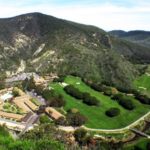
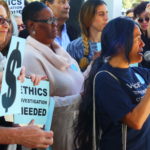
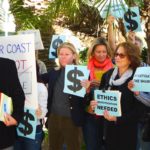
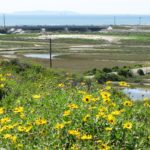






Unfortunately Dr. Welsh is being disingenuous re “No one would suggest that it is okay to build a shopping mall on the Athenian Acropolis in Greece as long as the Parthenon was boxed up and stored in a safe place. No one would accept building condos on the Gettysburg battlefield with the historic cannons and bullets being hauled off to a warehouse as mitigation.” If the recent annals of the Archaeological Conservancy and the National Geographic Society are any indication, that appears to be the trend, not the exception. HOWEVER, the discovery of actual human remains in burial arrangements throughout the site would go a long way toward requiring in situ preservation of the site. Certainly, the Coastal Commission needs to allow some planned time frame for follow-up discovery and cataloging the extent of the archaeological and cultural claim, AND a development plan revision that takes into account a relevant preservation component. To the extent that the ecology into which these elements are imbedded needs to also be preserved in support of this component would line out the boundaries and extent of what would be otherwise land accessible for future development. To the extent the site has already been compromised by more contemporary development and mineral exploitation, some lines have already been drawn in the sand.
The argument by Chris is a distraction from the central point, the most important aspect of Banning: It is a very rare, and relatively healthy example of California coastal ecosystems. Everything else has been paved, essentially. This is all that needs to be realized in determinations on its fate. We either leave a reasonable share of wild spaces near our immense cities, or we steal them from future generations in an orgy of greed.
http://www.naturecommission.org/ar/banning-ranch-oil-profits-past-100-percent-habitat-future
Perfectly stated, Kevin!
Pingback: Using Regenerative Design to Revitalize Newport Banning Ranch | WilderUtopia.com
Pingback: The Oil Spill in California Lends Urgency to Demand for Indigenous Land Stewards – Earth Soldier
Pingback: The Oil Spill in California Lends Urgency to Demand for Indigenous Land Stewards – ConsumersAdvisory.com
Pingback: The Oil Spill in California Lends Urgency to Demand for Indigenous Land Stewards – E.P.G.N. Network
Pingback: The Oil Spill in California Lends Urgency to Demand for Indigenous Land Stewards – Critical News Autoblog
Pingback: The Oil Spill in California Lends Urgency to Demand for Indigenous Land Stewards – Not Mainstream News